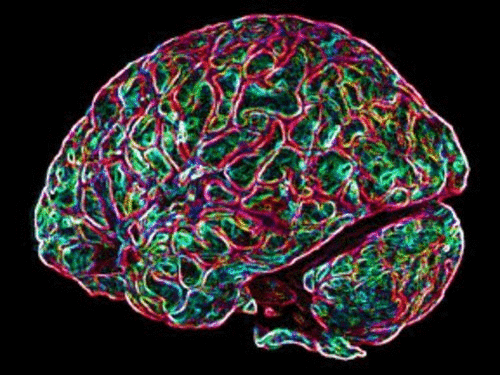Study plots brain's beat box
 A new study has investigated how the human auditory system represents time within a sound.
A new study has investigated how the human auditory system represents time within a sound.
It shows how brains can detect rhythm in music and sounds.
Neurons switch on or off within the area of the brain that processes sound - the auditory cortex - replicating rhythmic patterns.
The study advances basic knowledge of how human understand sound, and could helpin the development of more advanced hearing aids.
Research published in PLOS Computational Biology looked at the way that temporal acoustic patterns can be represented by neural activity within the auditory cortex, a major part of the brain for the perception of sound.
Researchers from University College London found that neurons in the auditory cortex can encode time-based information, based on how their excitatory and inhibitory inputs get mixed together.
“Your car moves when you press the accelerator and stops when you step on the brakes. In much the same way, a neuron's activity depends on the excitation and inhibition it receives from other neurons,” said researcher Dr Daniel Bendor.
“But how these inputs combine together to make a neuron ‘go’ or ‘stop’ can also convey information.”
Dr Bendor says a neuron's excitatory and inhibitory inputs can be used to encode the temporal patterns within a sound.
Varying the timing and strength of these inputs can produce a temporal neural code, effectively switching the ‘language’ used by the brain for describing the temporal patterns within a sound.
Understanding how the brain generates these neural codes can lead to the development of state-of-the-art neural prosthetic devices, more closely imitating the neural coding patterns normally used by the brain.








 Print
Print